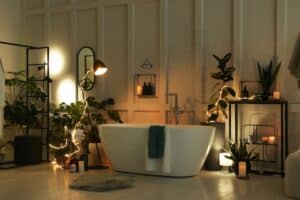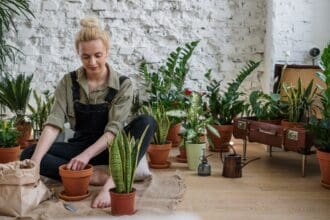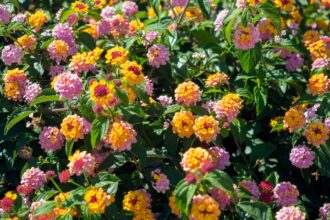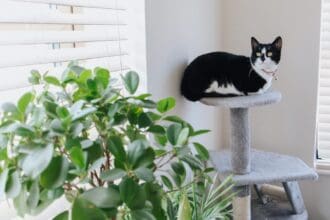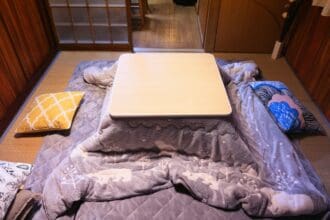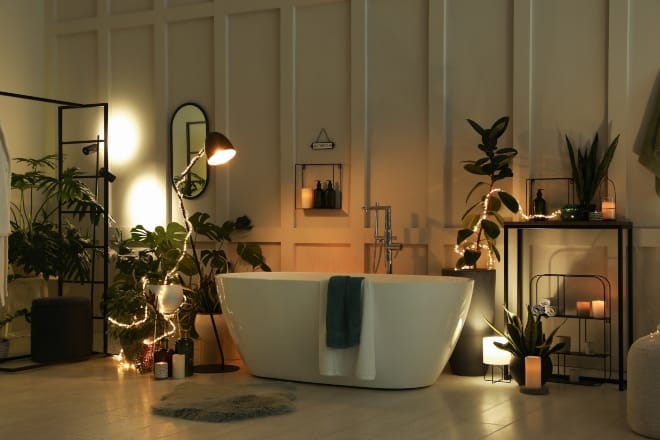
via: Depositphotos / NewAfrica
Whether it's a peace lily, a spider plant, a bamboo plant, or an air plant, you can find the best plants for bathroom here.
I've talked plenty about houseplants and their benefits, but bathroom plants are a different thing. Houseplants have become more popular these days and have reached every corner of the house, including a bathroom plant. You, too, can reap the benefits of having indoor plants for your home and your well-being.
Let's start your planting adventure, shall we?
Contents
Best Low-Light Plants For A Windowless Bathroom
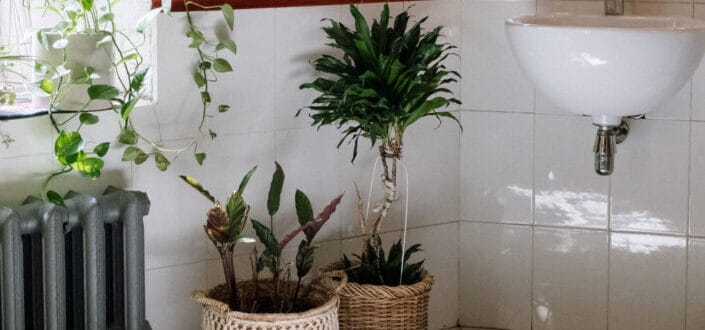
via: Pexels / cottonbro
Plants are delightful, and they can make any space at home a hundred times better. Plant care can be challenging but fulfilling at the same time.
Our only part is to keep them happy and thriving. If you want to take care of these plants for your bathroom, you have come to the right place.
1. Snake Plants
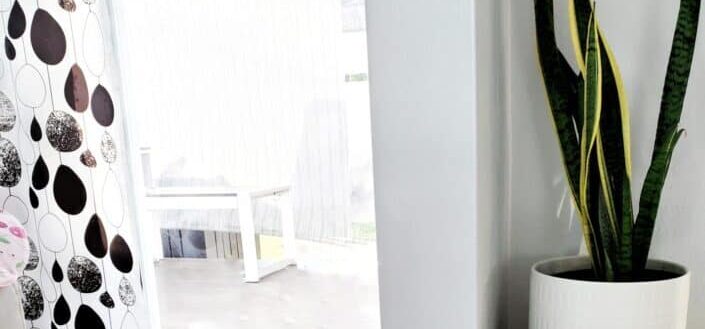
via: Pexels / Rosana Solis
Did you know that a snake plant is a part of the succulent family? Snake Plants has a minimalist appearance, perfect for those living a minimalist lifestyle.
There is a massive variety of snake plants, and they are tough to kill even with low light. It is one of those low-light bathroom plants that require minimal maintenance. Snake plants are a great addition for those who want to be "plant parents" very soon.
You might want to check this blog for some care tips.
2. Golden Pothos
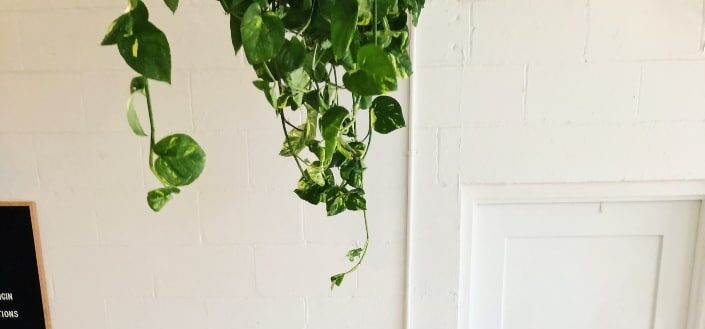
via: Unsplash / Andrew Spencer
The pothos family is enormous, but the most resilient type is the golden pothos. This plant thrives in a humid environment, which means it is also one of the best options as a plant for your bathrooms. It can also survive even with indirect sunlight.
Pothos vines are also low-maintenance. They will thrive more if you "neglect" them. For example, when you wait for the soil to be completely dry before you water the plant again, you'll notice that the pothos become even more full and vibrant.
3. Moss
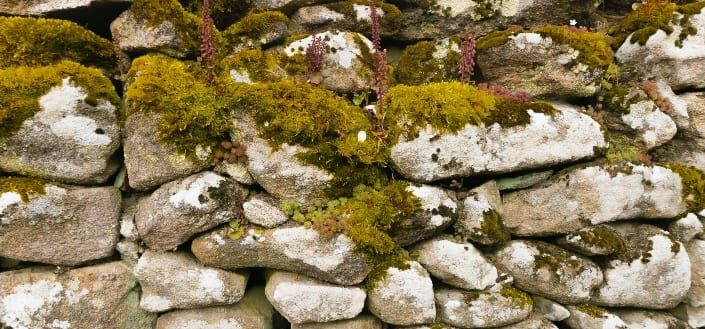
via: Unsplash / Alexander Schimmeck
If you're a fan of moss, you can add them to your home collection. As you know, moss thrives in damp, humid, and dark environments, making them the perfect addition to any windowless bathroom. What's more, moss is a great air purifier. So you can enjoy clearer air in your bathroom.
There are loads of other low-light, low-maintenance plants. But these three I've listed are the easiest to care for and impossible to kill. If you want to learn more about plants, this is a great place to start.
What does Low-Light Mean (Exactly)?

via: Pexels / Sheep .
In the world of indoor plants, "low light" is when plants do not get direct sunlight, most likely because it is several feet away from the light source, such as a window. You will know if a room has low light if you find it hard to read a book. Most indoor plants can still thrive in low-light areas such as the bathroom, better with the help of artificial lighting.
How to Know The Right Light Level For Your House Plants

via: Pexels / Jonathan Borba
#1. Bright Light:
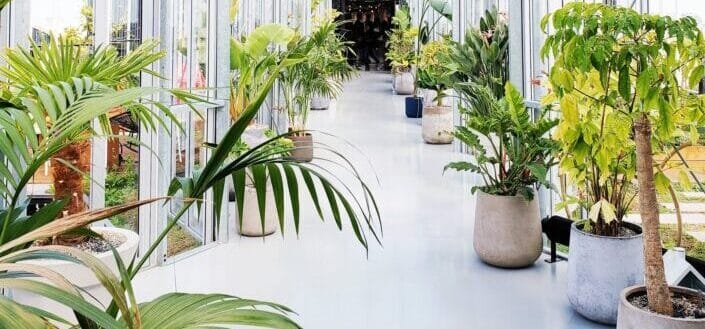
via: Unsplash / Christian Mackie
Bright direct light comes through south and west-facing windows. Plants facing this direction get the best amount of direct sunlight and need around 5-6 hours of sunlight exposure for better results. Natural daylight coming into the room will naturally decrease during fall and winter.
#2. Medium Light:
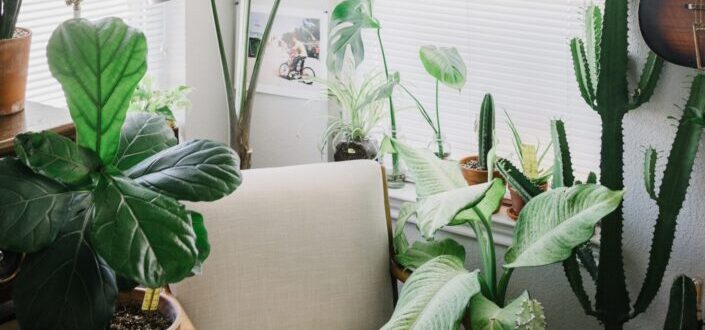
via: Unsplash / corey oconnell
Medium-light is when direct light comes into a room indirectly. Houseplants such as Boston fern often thrive in a medium amount of light. There are three types of medium light, namely:
- Partial sunlight - direct sunlight during the day for a couple of hours in the morning or late afternoon from the east- or west-facing windows.
- Filtered light - direct sunlight in your space all day, but it is filtered, but NOT blocked, by curtains or blinds.
- Indirect light - a shady area next to a sunny spot that bounces into the room and gives the amount of light needed by the plants.
#3. Low Light:

via: Pexels / Monstera
Only the sturdiest indoor plants can survive and thrive in low-light conditions. Low-light rooms usually do not have enough direct sunlight but plenty of artificial light. A room has low light when there are north-facing windows, is blocked by a nearby tree or structure, or the room is windowless.
Apartment tenants living on lower floors or units facing the backyard also have low-light rooms.
Frequently Asked Questions

via: Pexels / George Milton
Taking care of indoor plants is a huge responsibility. As a "plant parent," you need to water and give your plants enough sunlight. You will also have to research to ensure its longevity and lushness. Here are other commonly-asked questions about taking care of indoor plants:
What causes abnormal leaf spots?
The most common causes of abnormal leaf spots are fungi and other diseases due to bacteria. Meanwhile, common leaf spots include bacterial leaf spots, frog-eye leaf spots, or Septoria leaf spots.
What is considered low light for plants?
Rooms have low light if it has partially-shaded or north-facing windows. As mentioned, you can tell if it's low-light if you find it hard to read a book or a newspaper without switching the lights on.
Can I use artificial light for my plants?
While sunlight is still the best light to ensure plant growth, you can also use artificial light. Artificial lights can be used in windowless rooms and are perfect for low-light foliage plants.
What fertilizer do you recommend for indoor plants?
Fertilizers come in different forms, such as liquids, tablets, sticks, granules, and slow-release forms. Among these options, gardening experts recommend using slow-release and liquid fertilizers for indoor plants. Granules (intended for outdoor use) and stick fertilizers may not distribute nutrients evenly. Fertilizer sticks give you no control over their release.
How can I prevent or deal with flies and fungus gnats?
One way to prevent the invasion of flies and gnats on your indoor plants is by using apple cider vinegar. How to get rid of gnats with apple cider vinegar once and for all? Mix 2 tablespoons of apple cider vinegar, 1 tablespoon of sugar, about 6 drops of dish soap, and half a cup of warm water in a small bowl. Put the bowl with the apple cider mixture in gnat-infested areas of your house.
More Awesome Plants For Your Garden
Are you ready to become a plant parent? You need to know about your plants first. There are a lot of indoor plants you can choose from and take care of like a family member. Learn more about indoor plants here.
- If you are interested in succulents, you can start with growing and tending a ghost plant
- Opt for a yellow flower plant to add brightness and appeal to your home.
- If you live in a warmer area, you can choose another type of succulent ideal for container gardens -- the Senecio Serpens, also known as "Blue Chalksticks."
In Conclusion
Anyone can be a plant parent if they want to. Before buying indoor plants, ensure to do your research first so your plants won't die on you soon. The good news is some plants can thrive indoors. The best plants for your bathroom are a great addition to your home and make your home look more environment-friendly and welcoming.


